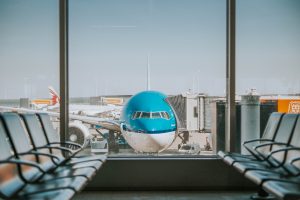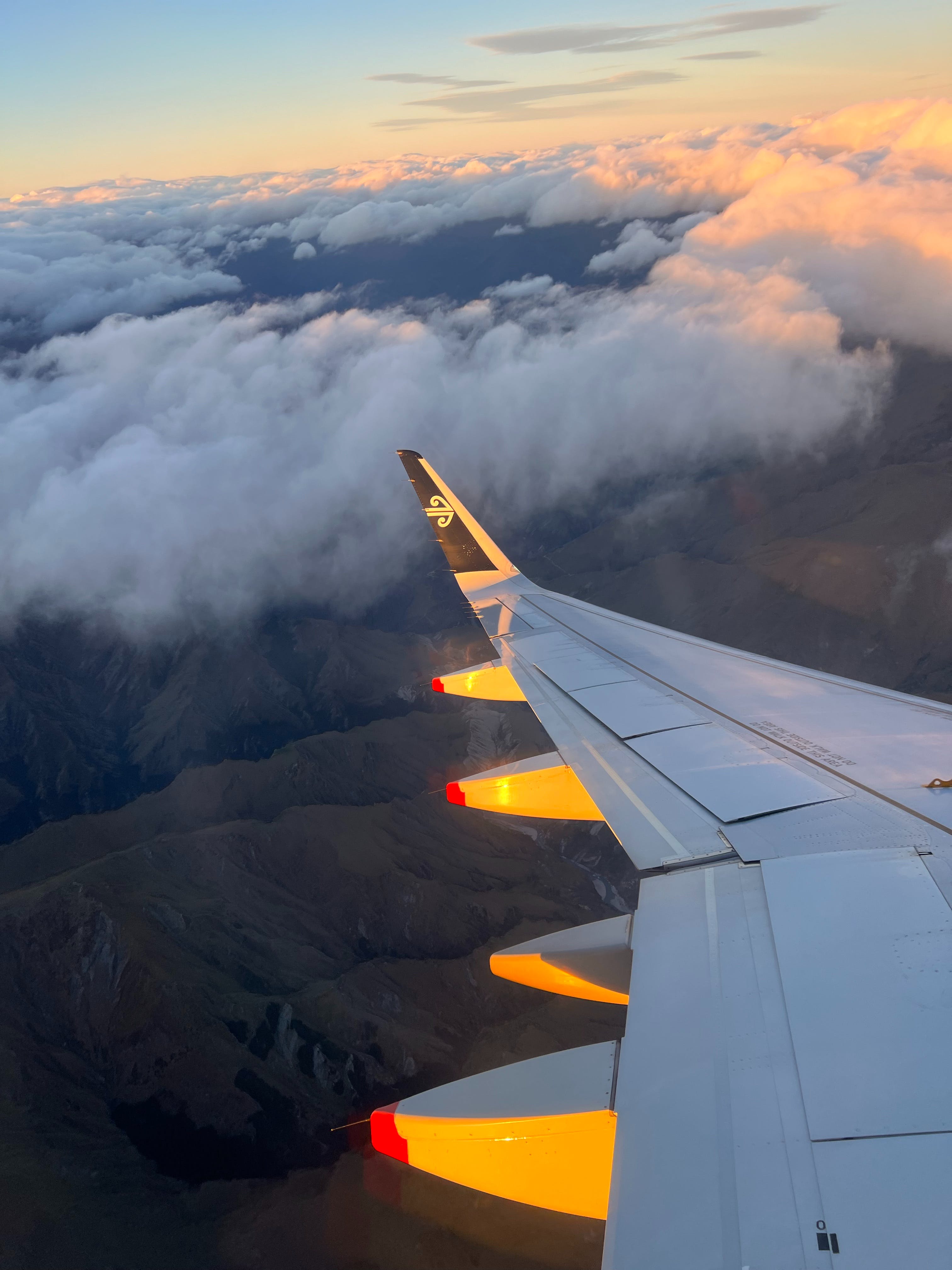Though flying may generally be safe, airlines’ decisions to prioritize profits may sometimes put passengers at risk.
Flying is regarded as one of the safest means in transportation but what is often not considered is corporate actions that might endanger passengers’ lives. The management for most of the airline companies seem to concentrate more on their profits margins at the expense of the safety and comfort of their passengers which makes them undertake measures that will be detrimental to the health of their passengers.
Minimizing crew training and delaying maintenance to overcrowd flights – such tactics often lead to onboard injuries that leave passengers struggling for recourse. This article explores how some airlines prioritize profits over passenger safety, their resulting consequences and legal options available should one become injured on an airplane. By understanding these issues, we hope to empower passengers and advocate for safer skies.
1. Overview of In-Flight Safety Concerns and Risks to Passengers
Passengers flying can face numerous hazards while airborne, including injuries caused by turbulence as well as slip-and-fall accidents due to poor upkeep of aircraft interiors. Turbulence injuries alone account for many incidents that result in severe harm for both passengers and crew, as improper storage/overfilling overhead bins leads to objects falling off, while poorly maintained seats/floors cause passengers to trip, slip, and even fall while traveling en route.
Though air travel comes with certain inherent risks, certain airline practices can increase them further. Airlines seeking to maximize revenue often fill flights to capacity and reduce space between seats, making it harder for passengers to maneuver safely during emergencies and increase overcrowding; coupled with inattention to injury prevention measures this increases passenger risks, increasing chances of injury while flying. While these strategies are beneficial to airlines they can result in uncomfortable or potentially hazardous journeys for travelers.
2. Airline Cost-Cutting Measures and Their Effect on Passenger Safety
To stay competitive and maximize profits, many airlines implement cost-cutting measures that compromise passenger safety. A notable practice among these efforts is restricting routine maintenance checks to minimize downtime; although regulatory guidelines dictate minimum standards for airline maintenance, some may choose only to complete minimal checks, deferring non-critical repairs that would ensure passenger safety otherwise. Furthermore, cost cutting may impair amenities or quality safety equipment like seatbelts and life jackets in an effort to save time and money – possibly leaving passengers vulnerable and at risk!
3. Unsuitable Crew Training and Staffing Levels
Airlines depend on their crew members for safe operations, yet cost-cutting measures often extend to hiring and training practices as well. Reducing labor costs while simultaneously decreasing emergency response capabilities could compromise passenger safety and hamper emergency responses effectively.
When incidents such as turbulence strike, having a crew that is adequately trained and responsive is critical in protecting passengers from injuries. However, inadequate training or staffing levels could slow response times or overlook protocols altogether, leaving passengers exposed in the face of potential dangers.
4. Negligent Maintenance Practices and Safety Compromises
Regular aircraft maintenance is key to avoiding incidents that could put passengers in jeopardy during flight; yet some airlines delay repairs so as to keep planes flying longer for maximum revenue at the expense of safety. Inspections of seat mechanisms, cabin lighting, overhead storage bins and emergency exits is essential to ensuring an aircraft runs efficiently and safely; yet due to reduced downtime some airlines opt out of these maintenance schedules altogether, leaving potential risks that could cause accidents during flight.
5. Lack of Transparency and Accountability in Safety Practices
Airlines that take cost-cutting measures often lack transparency with regard to their choices regarding safety practices. Although safety records and maintenance logs are generally accessible, passengers have limited visibility into how the airlines employ safety procedures that could potentially pose harm. Furthermore, accountability remains low since airlines tend to prioritize maintaining public image over being forthcoming about safety protocols.

Typically, when an airline becomes aware of an ongoing safety concern such as malfunctioning cabin equipment, they may avoid publicly discussing it in order to maintain a positive brand reputation and remain transparent with passengers. Unfortunately, passengers without full knowledge are left vulnerable when selecting airlines; clear safety communication could have prevented many incidents that might otherwise have been avoided by taking this route.
6. Legal Rights of Passengers Injured on an Airplane
When passengers are injured during a flight, they may have the legal right to pursue compensation in the form of damages from negligence or safety oversights. Most countries adhere to the Montreal Convention which establishes liability rules for airlines in case of injury or death; according to this treaty, airlines may be held liable when an injury occurs during flight, unless they can demonstrate that it was due to circumstances beyond their control.
Legal protection provides passengers with a measure of protection, allowing them to seek reimbursement for medical costs, lost income and emotional distress resulting from airline incidents that compromise safety. Being aware of one’s rights in these matters is vitally important as passengers may otherwise remain unaware that they can hold airlines responsible when incidents arise due to breaches in safety.
7. Steps to Take If Injured on an Airplane
For passengers who experience injuries while flying, knowing the appropriate steps to take could make or break any potential claims. First and foremost, injured passengers should carefully document what occurred by noting the time, place and nature of how their injury happened; additionally, they should request assistance from crew members and ensure it’s included in an incident report for that flight.
After landing, an injured passenger should seek medical treatment as soon as possible and maintain medical records as evidence. Gathering contact details of witnesses as well as physical evidence such as damaged seats or broken equipment will support their case for legal action in case an injury does occur.
8. Challenges of Pursuing Legal Claims Against Airlines
Although passengers have every right to seek compensation from airlines, making legal claims is often challenging. They typically possess extensive legal resources and use various strategies to deter passengers from filing claims; common tactics may include offering minimal settlements, attributing injuries to “acts of God,” like turbulence or shifting responsibility onto passengers by questioning them during flight.
Jurisdictional issues can further complication claims, as laws differ widely across countries, making it hard for injured passengers to know where and how to file their claims. Legal assistance from aviation lawyers may help injured passengers navigate these complexities more successfully and increase the chance of receiving adequate compensation.
9. Consumer Advocacy and Policy Changes for Increased Passenger Safety
Consumer advocacy has played a critical role in raising safety standards within the airline industry. Organizations advocating on passenger rights have called for stronger regulations and oversight, leading to enhanced safety protocols.
Recently proposed policies include requirements for transparency in airline maintenance records, revised training programs, and the implementation of safety standards that prioritize passenger well-being over profit maximization.
Advocacy efforts can drive accountability by creating an atmosphere in which airlines feel an increased obligation to implement comprehensive safety measures. When the public, lawmakers, and consumer organizations collaborate on advocacy campaigns like these, pressure can be exerted upon airlines that will ultimately result in safer flights for everyone.
10. How to Find Legal Support for Airplane Injury Claims
In cases where it becomes necessary to file a claim against an airline, finding legal support can make an enormous difference. Passengers injured on board aircraft often benefit from consulting attorneys with expertise in personal injury and aviation law; such lawyers can guide injured passengers through the complex legal landscape while gathering evidence and effectively challenging the airline’s defense strategies.
Conclusion
Though flying may generally be safe, airlines’ decisions to prioritize profits may sometimes put passengers at risk. By understanding safety risks, knowing one’s rights, and taking appropriate actions after experiencing in-flight injuries, passengers can protect themselves and seek justice when safety is compromised.


Join the conversation!